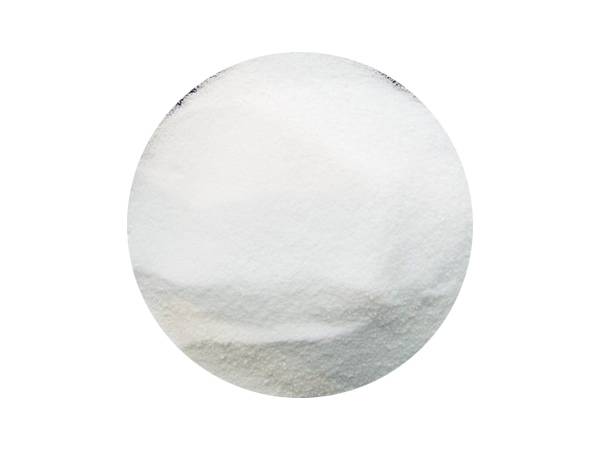



Chlorine Production Techniques Using Caustic Soda in Industrial Processes
The Caustic Chlorine Manufacturing Process An Overview
The caustic chlorine manufacturing process is a vital industrial procedure, primarily used to produce chlorine gas (Cl2), sodium hydroxide (NaOH), and hydrogen gas (H2). These products are fundamental in various applications, including water treatment, chemical synthesis, and the production of soaps, detergents, and bleach. This article will provide an overview of the process, its significance, and its environmental considerations.
At the heart of the caustic chlorine manufacturing process lies the electrolytic method, which involves the electrolysis of sodium chloride (NaCl) solution, commonly referred to as brine. This method is favored for its efficiency and ability to produce high-purity chlorine and sodium hydroxide. The process is typically conducted in a chlor-alkali cell, where anode and cathode reactions take place simultaneously.
The production begins with the preparation of brine, which involves dissolving sodium chloride in water. This solution is then subjected to purification processes to remove impurities that could interfere with the electrolysis. Once purified, the brine is pumped into the electrolytic cell.
Inside the cell, the brine undergoes electrolysis. A direct current is applied, causing the saltwater solution to dissociate at the electrodes. At the anode (positive electrode), chloride ions (Cl-) are oxidized to form chlorine gas
\[ 2 Cl^- \rightarrow Cl_2 (g) + 2 e^- \]
As chlorine gas bubbles are formed, they rise and can be collected for subsequent use
. Meanwhile, at the cathode (negative electrode), water is reduced to produce hydrogen gas and hydroxide ions (OH-)\[ 2 H_2O + 2 e^- \rightarrow H_2 (g) + 2 OH^- \]
caustic chlorine manufacturing process

The hydroxide ions then react with the leftover sodium ions from the brine to produce sodium hydroxide in the solution
\[ Na^+ + OH^- \rightarrow NaOH \]
Once the electrolysis is complete, the products—chlorine gas, hydrogen gas, and sodium hydroxide—can be separated and purified. Chlorine is typically compressed and liquefied for transportation, while hydrogen is often used as a fuel or as a raw material in the production of other chemicals. Sodium hydroxide finds its uses in various industries, including paper manufacturing, textiles, and food processing.
The caustic chlorine manufacturing process is not without its challenges and environmental considerations. The handling and storage of chlorine gas require strict safety measures due to its toxic nature. Furthermore, the electrolysis process can consume significant amounts of energy, prompting manufacturers to seek energy-efficient technologies and alternative methods of production.
In recent years, advancements in technology have led to the development of new electrolytic cell designs, such as membrane and diaphragm cells, which offer improved efficiency and reduced environmental impact. These innovations aim to minimize energy consumption and the production of brine waste. Additionally, exploring renewable energy sources for powering the electrolysis process is gaining traction, contributing to sustainability in chemical manufacturing.
Overall, the caustic chlorine manufacturing process plays a crucial role in the chemical industry and everyday life, providing essential materials for a multitude of applications. As environmental awareness grows and regulations become stricter, the industry must continue to innovate and adapt, ensuring that the production of chlorine and sodium hydroxide meets both market demands and environmental standards.
In conclusion, the caustic chlorine manufacturing process exemplifies a critical intersection of chemistry, industry, and environmental responsibility. While it supports various sectors by supplying fundamental chemicals, the emphasis on improving efficiency and reducing ecological footprints must remain a priority for future production methods. The ongoing evolution within this field will likely shape the landscape of chemical manufacturing for years to come.
-
Why Sodium Persulfate Is Everywhere NowNewsJul.07,2025
-
Why Polyacrylamide Is in High DemandNewsJul.07,2025
-
Understanding Paint Chemicals and Their ApplicationsNewsJul.07,2025
-
Smart Use Of Mining ChemicalsNewsJul.07,2025
-
Practical Uses of Potassium MonopersulfateNewsJul.07,2025
-
Agrochemicals In Real FarmingNewsJul.07,2025
-
Sodium Chlorite Hot UsesNewsJul.01,2025










